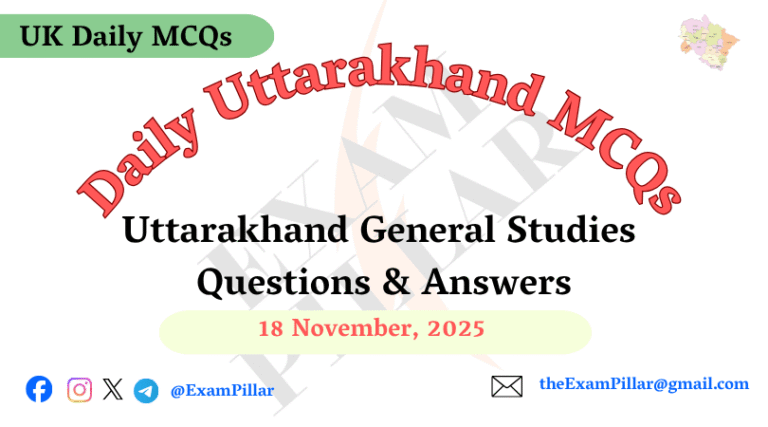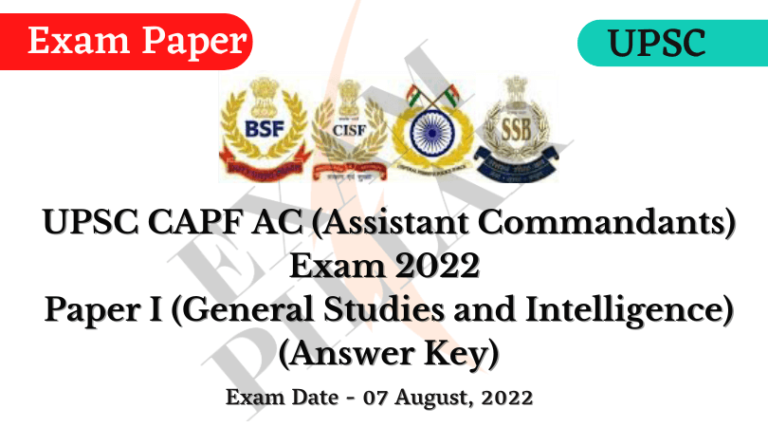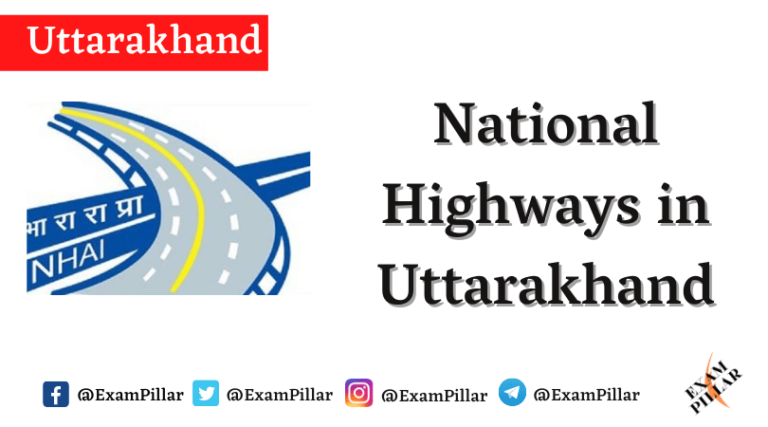16. The ‘continuous’ aspect in continuous and comprehensive evaluation implies –
1. continuous observation and support to children during teaching -learning, employing different tools.
2. continuous comparison of learner’s performances with one another through marks, grades and other means.
3. conducting formal ‘paper-pencil’ tests in fixed intervals throughout the academic session.
4. periodic testing of children to gauge their ability of memorisation and recall.
Click To Show Answer/Hide
17. Students should be encouraged to set __________ goals.
1. Mastery oriented
2. Failure oriented
3. Failure accepting
4. Self defeating
Click To Show Answer/Hide
18. Which of the following is a principle of inclusion?
1. Discrimination
2. Standardized instruction
3. Acceptance of individual differences
4. Segregation and labelling
Click To Show Answer/Hide
19. A child who has partial vision:
1. should be encouraged to opt for home based education.
2. needs to be in a separate institution.
3. should become a part of a regular school with inclusive provisions.
4. should be in a regular school with no special provisions to encouraging coping behaviours.
Click To Show Answer/Hide
20. Which of the following practices will support creativity in a classroom?
i) acceptance of imaginative answers
ii) emphasis on brainstorming
iii) emphasis on convergent thinking
iv) tolerance to dissent
Options :
1. i, ii
2. i, ii, iii
3. ii, iv
4. i, ii, iv
Click To Show Answer/Hide
21. Which of the following strategy is NOT in line with the philosophy of inclusion to help a child with autism in your class who is finding it difficult to cope up with group activities?
1. Giving appropriate visual and written material to be used during the group work.
2. Allowing the child to work in pairs in a relaxing atmosphere with less noise.
3. sending the child to study in special school.
4. seeking the support of remedial teacher in regular classroom itself.
Click To Show Answer/Hide
22. In a primary classroom, the teacher must ___________ students to ask questions.
1. encourage
2. discourage
3. never allow
4. punish
Click To Show Answer/Hide
23. Assertion (A): Schools must enable children to find their voices, nurture their curiosity- to do things, to ask questions, to engage in discussions and do group work-rather than building their ability to reproduce textual knowledge.
Reason (R): Learning is active and social in its character.
Choose the correct option.
1. Both (A) and (R) are true and (R) is the correct explanation of (A).
2. Both (A) and (R) are true but (R) is not the correct explanation of (A).
3. (A) is true but (R) is false.
4. Both (A) and (R) are false.
Click To Show Answer/Hide
24. Graphical tools for organizing and representing knowledge and relationships within a particular topic are known as ___________.
1. chunks
2. advance organizers
3. mnemonics
4. concept maps
Click To Show Answer/Hide
25. Choose the example that illustrates intrinsic motivation.
1. Roshni is working hard to score well in exams as her parents have promised her a watch on getting above 90%.
2. Rumi completing her homework so that his parents let him watch T.V.
3. Rama reading more books so that her name is first on the ‘reading stars’ to win her teacher’s appreciation.
4. Ravi exploring various resources for his project because he loves learning new things.
Click To Show Answer/Hide
26. Which of these strategies is not effective in helping students cope with anxiety?
1. Teaching them methods for effective and meaningful learning.
2. Helping them set realistic short term goals.
3. Helping them recognize the source of their anxious feelings.
4. Comparing student’s performance with one another in the classroom.
Click To Show Answer/Hide
27. Rachita a Mathematics teacher, tries to analyse the errors made by her students in identifying the correct operation to be applied for statement sum. She does this to –
1. segregate students who make more errors in comparison to others.
2. give more questions to them as a punishment.
3. correct the errors by giving them more practice.
4. understand the errors since they are a window to children’s thinking.
Click To Show Answer/Hide
28. National Education Policy 2020 lays emphasis on –
1. learning-for-exams.
2. rote learning
3. practice and drill
4. conceptual understanding
Click To Show Answer/Hide
29. Children learn most meaningfully
1. through lectures and direct instruction.
2. by repeated mechanical practice.
3. when they are actively engaged in tasks and activities.
4. appropriate rewards are offered at every step in completion of the tasks.
Click To Show Answer/Hide
30. Giving students access to a range of suitable materials and the scope to self direct their learning is a way of promoting –
1. rote learning
2. competitive learning
3. discovery learning
4. learning through instruction
Click To Show Answer/Hide
| Read Also : |
|---|





Leave a Reply